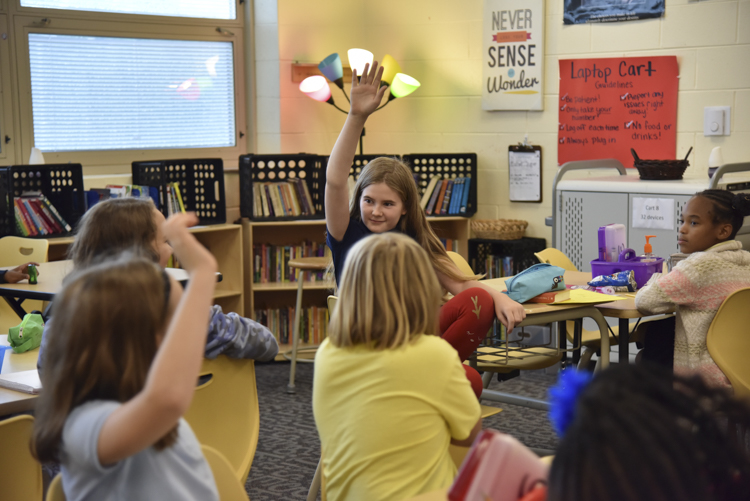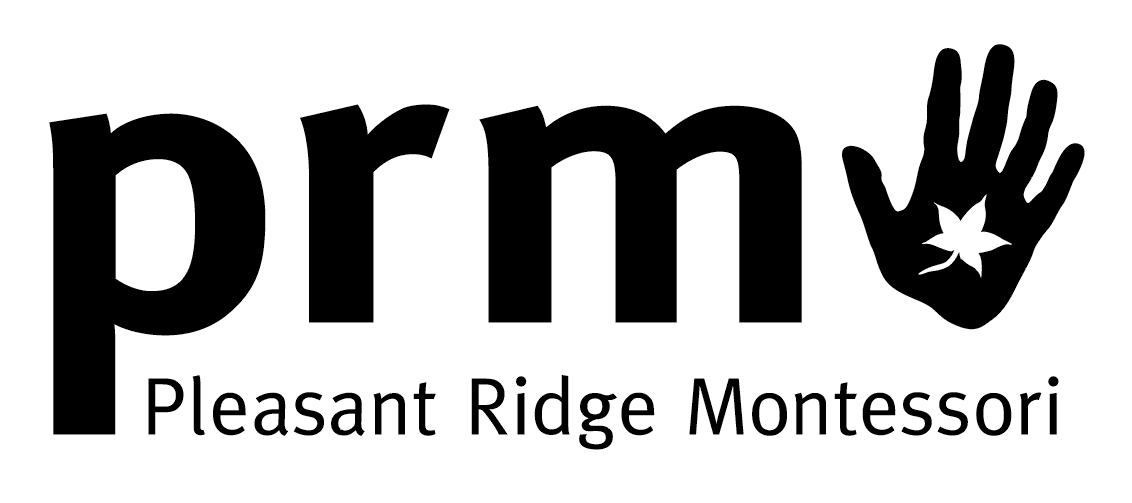The greatest sign of success for a teacher…is to be able to say, “The Children are now working as if I did not exist.”
– Maria Montessori

The Upper Elementary environment looks very different from those at 3-6 and 6-9. It is designed to be responsive to the social, emotional, and academic needs of students ages 9-12 years old. You will notice some familiar Montessori materials, however.
Students at ages 9 – 12 are in a sensitive period for socialization and learning about their roles in the world. They are developing a keen sense of justice as well. Their work often takes the form of research about topics in science or social studies (referred to as the “Cultural Subjects.”) Because of this, you will see many more books in a 9-12 classroom.
Students work independently and in groups. Often they are responsible for managing parts of the classroom. Skills in time management and a sense of accountability are fostered as children learn how to maintain a balance between work and socialization. Projects and work are bigger and require more time to complete, thus children need to learn to use their time in class wisely. These are all considered to be extensions of Practical Life seen in classrooms of younger children.
The math at this level is designed to help the child move toward more abstraction. Children have wonderful materials on which they learn about and practice fractions, decimals, percents, geometry, etc., but the goal is to move away from the materials and apply their knowledge before they leave the 9-12 environment.
As much as possible, children at the 9-12 level are taught to connect learning to the real world.
Based on the Montessori belief in the interconnectedness of all life, children are encouraged to read, think, and write about their topics of study. Writing plays a major role in the 9-12 room, allowing children to share what they have learned and requiring them to think deeply about subject matter.
